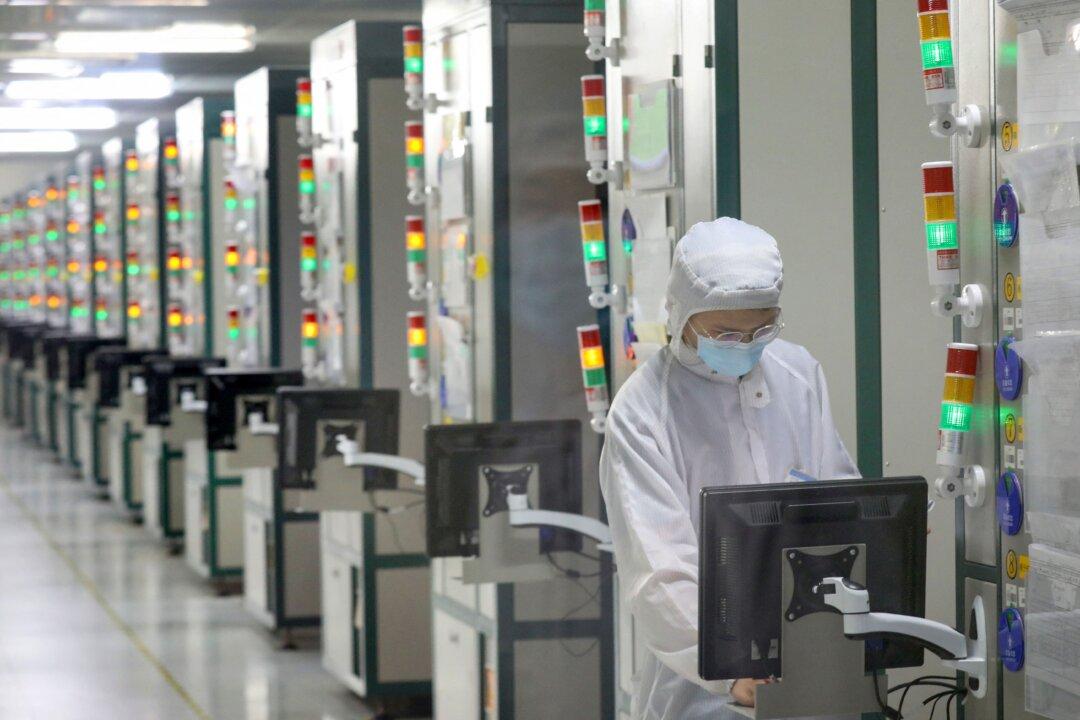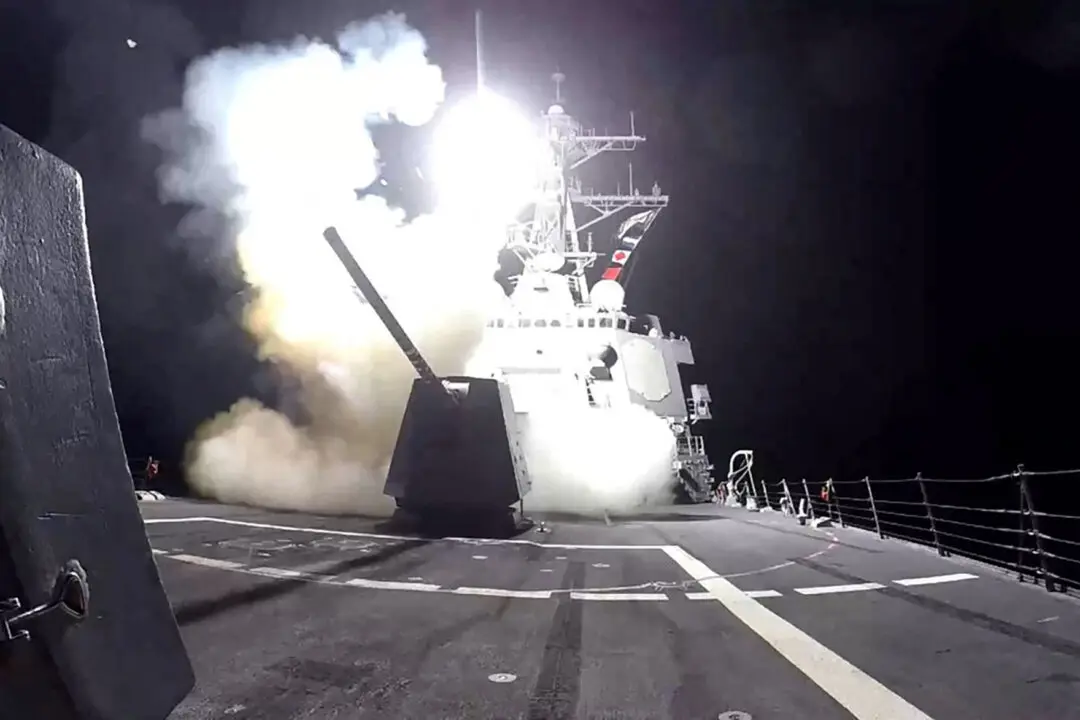News Analysis
In the skies, a Chinese fighter pilot swipes his hand across a touch screen, and the automated target-recognition software detects his target in seconds. In China’s Xinjiang region, giant servers that power an immense array of repressive surveillance technologies come to life. In Shanghai, smart city technology connects residents as never before, even as authorities tighten their control over every action of the city’s residents.




